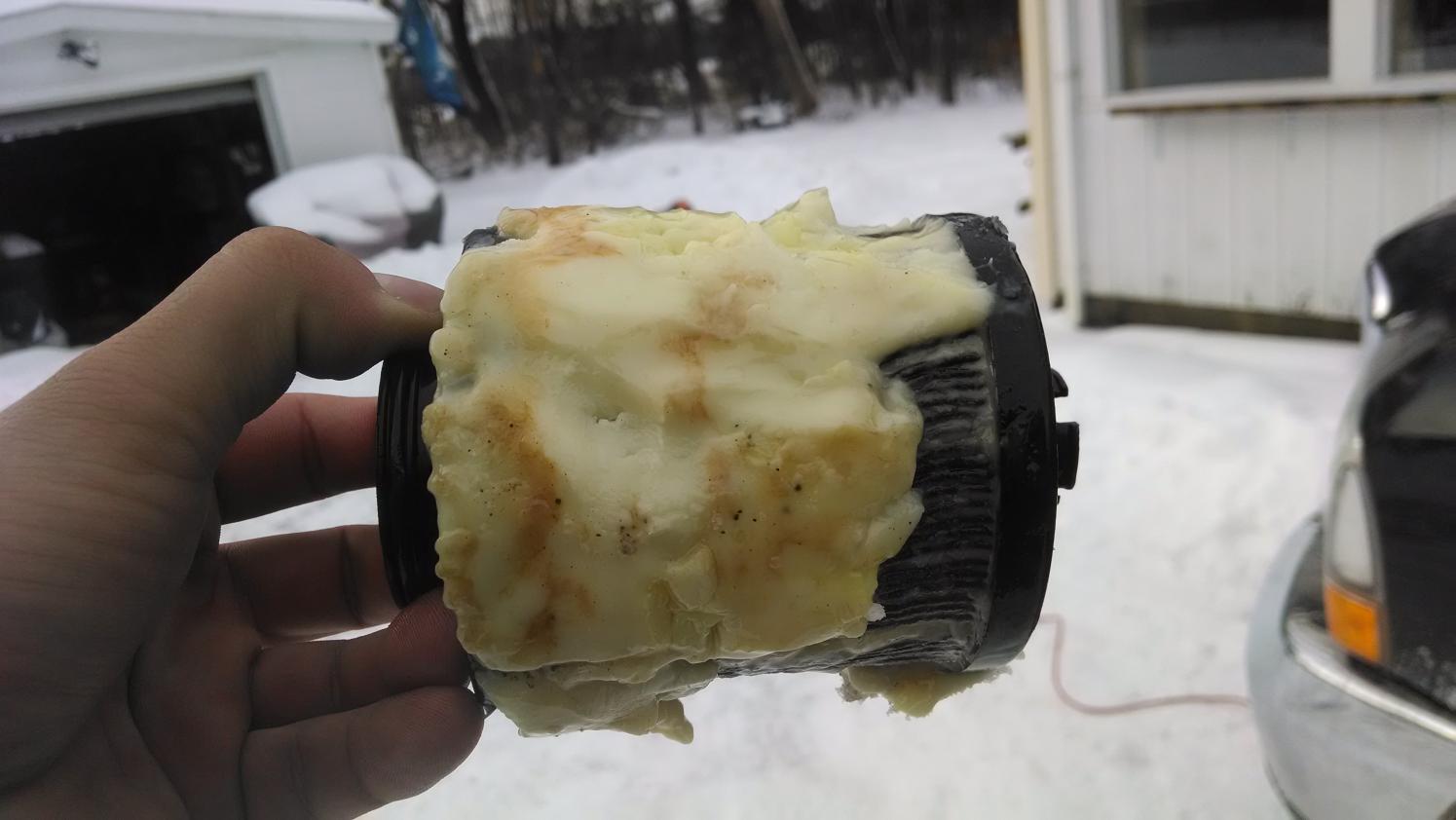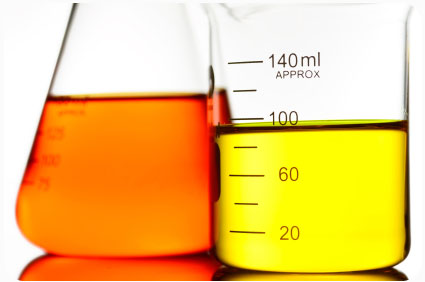14 More Characteristics of Well Maintained Diesel Fuel
Last week we blogged about the first seven of fourteen characteristics of diesel that must be considered and maintained to ensure optimal performance from your diesel fuel engine.
Today we’ll discuss the second half of this list:
- Heat Value
- Ignition quality/cetane rating
- Viscosity
- Sulfur content
- Water and sediment content
- Carbon residue
- Flash point
- Pour point
- Cloud point
- Active sulfur copper strip corrosion content
- Ash
- Distillation
- Specific gravity
- Winter Fuel issues
Corrosion
Diesel’s tendency to corrode is a measure of how it reacts with the copper, brass and/or bronze parts of the fuel system components. The corrosion tendency is typically measured by submerging a strip of polished copper into the diesel fuel for three hours at 100°C which is boiling temperature. The results are interpreted in three ways: either a slight tarnish, a moderate tarnish, a dark tarnish or corrosion.
Ash–Forming
Ash-forming materials like abrasive solids or soluble metallic soaps are found in diesel fuel. Abrasive solids cause wear and tear on injection components, pistons, rings, and cylinder bores.
If you are having a diesel engine performance issue we are here to help.
Call us at 250.741.0051
Ash from soluble metallic soaps contributes to engine deposits and wear. To determine the amount of ash in fuel, analysts burn a measured amount of fuel in an open container until all of the carbon deposits have been consumed. The weight of the remaining ash is measured by a percentage of the weight of the original fuel sample.
Distillation/Volatility
Volatility is liquid’s ability to change into a vapour. As the volatility is decreased, carbon deposits and component wear may increase. With some engines you will see more smoke as the volatility is decreased.
Specific Gravity
Measured with a hydrometer, the specific gravity of diesel fuel is defined as the ratio of the density of the fuel to the density of water.
Specific gravity affects the spray pattern of the fuel when it is injected into the cylinder. A hydrometer reading can give a strong indication of fuel quality and temperature and helps determine if diesel fuel quality is part of an engine performance problem.
Winter Fuel issues – Cloud Point and Pour Point
Wax content is an important factor that can affect diesel engine performance in cold weather and is referred to as “paraffin.” Because of the strong relationship between temperature and solubility of this wax, wax separation is a problem in the handling and use of diesel fuel during cold weather.

A mixture of straight-chain, saturated hydrocarbons that occur naturally in all diesel fuels, paraffin has the texture of a solid waxy crystalline mixture thatParaffin melts at approximately 40 to 60° C (104 to 140° F).
The wax content varies greatly and depends upon the how the crude oil from which the fuel was originally produced and processed. As the fuel is cooled it reaches a temperature point at which point it becomes saturated with wax; further cooling causes the wax to “separate out of the fuel.”
As these hydrocarbons become less soluble they begin to precipitate and form wax crystals. Cloud point is the temperature at which a sufficient number of these wax crystals become large enough to make the fuel appear hazy, or cloudy.
Cloud point indicates the when the fuel filter begins to plug up.“ As diesel fuel is cooled, the wax crystals continue to precipitate and grow.
Conversely, the lowest temperature at which the fuel is observed to flow is called the pour point. While additives can help by reducing the pour point temperature, using. No. 1 diesel fuel is definitely the better option in cold weather.
Now that you’ve become a diesel fuel expert, you understand why it is so important to use good quality fuels that will protect your investment and ensure consistent, reliable operation of your diesel engine.
Subscribe today for more DieselDoneRight news



